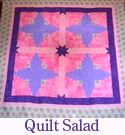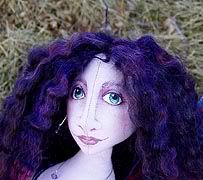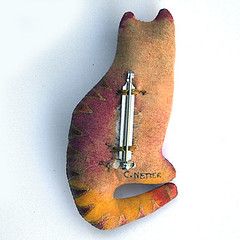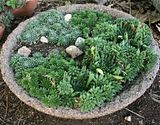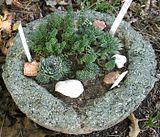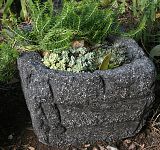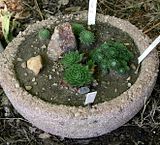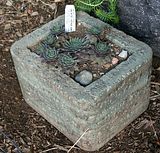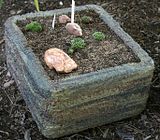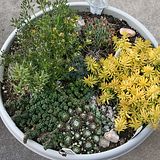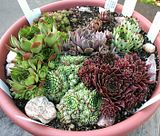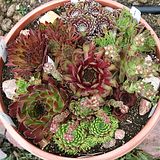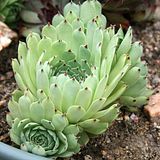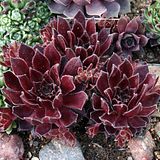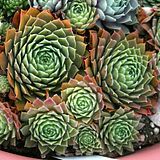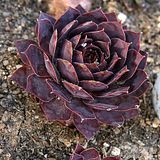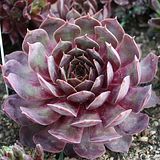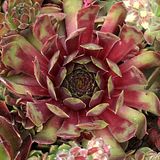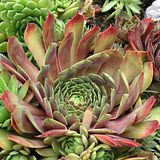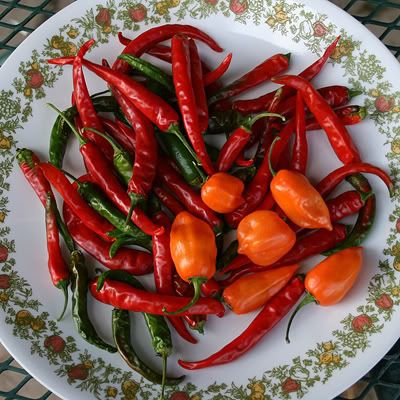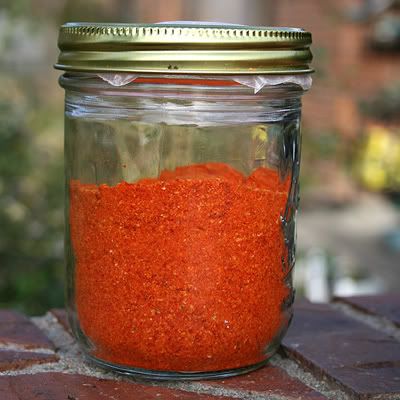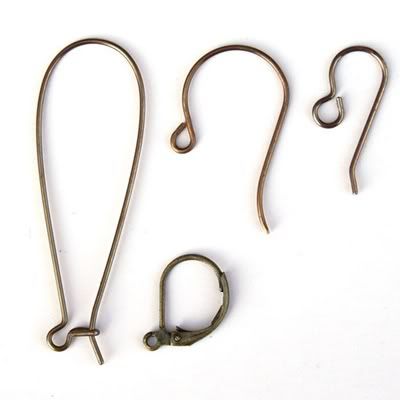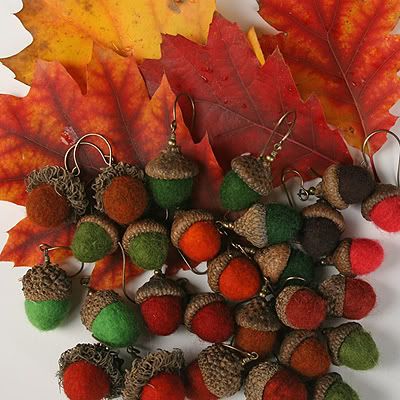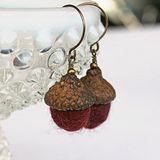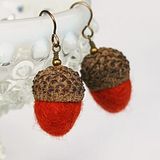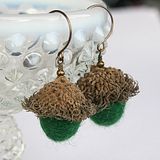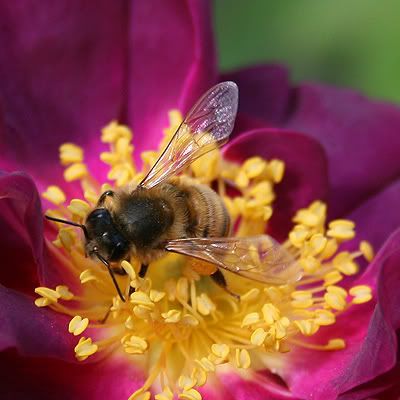
The days are getting so short and the nights long right now near Denver, Colorado. It's cold and windy outside, the trees are bare and the gardens give the appearance of being dead.
This is a good time to go through all the pictures taken during the summer months and see what I actually got. During the spring, summer and fall, when the gardens are full of life, I take many pictures of the flowers, plants and bugs. I go through these photo albums multiple times during the winter, each time seeing different things that grab my interest.
Today, the bugs in the photos captured my interest. More specifically, the pollinators. But, since there are many pollinators in my photos, I'm first just going to focus on the most common ones in the pictures - the honeybees.
Honeybees seem to really like my yard. Is it because there are flowers blooming constantly from early spring until late fall? I think this is probably so, plus I have multiple water gardens to provide water as well. As soon as there is a crocus blooming in spring, there is a bee in it.
(Clicking on each picture will being up a much larger version of the same image.)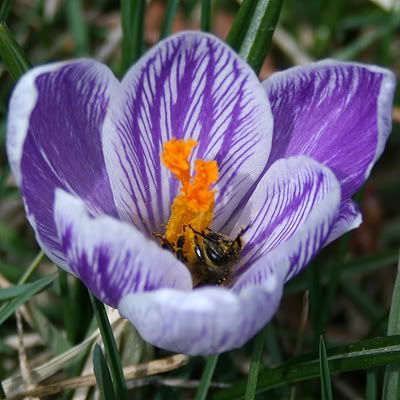
A little later, the hyacinths, tulips, daffodils and other spring bulbs are full of honeybees:

Later in the spring, all the fruit tree bloom and are so full of bees the trees seem to be humming. But sometime after that, the roses start to bloom.
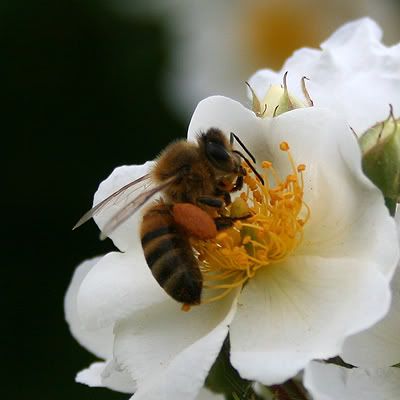
There are over 400 roses in the yard and many thousands of blooms. The above picture is most likely of the rose Darlow's Enigma.
Here is a photo of a bee busy in one of my dark red gallica roses. This is a particularly clear image of the bee, especially in the larger photo where even the hairs on the bee's head, thorax, abdomen, and legs can be seen.
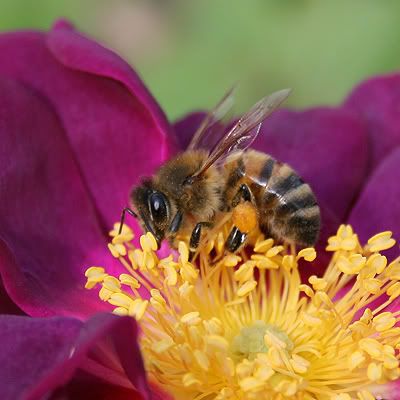
As the summer continues on, the bees search out the blooms on the petite, but repeat blooming miniature roses.

The poppies attract many honeybees.
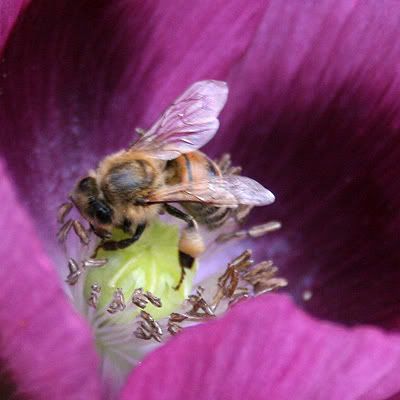
Some share a flower. These two bees in this flower look different to me, although they both spent quite a lot of time in there without any squabbling. Are they from different hives or is one older than the other?
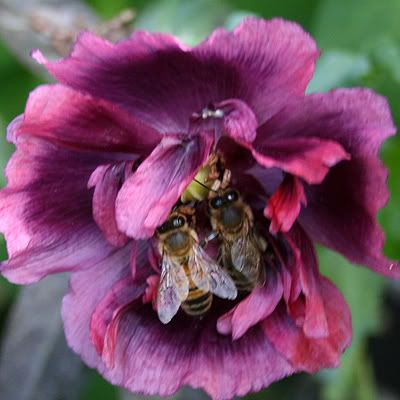
Later in the summer, the anise hyssop, also known as agastache, is buzzing with hundreds of bees. The lavender, daylilies, sunflowers, dahlias, salvias and many other flowers are also thick with bees.
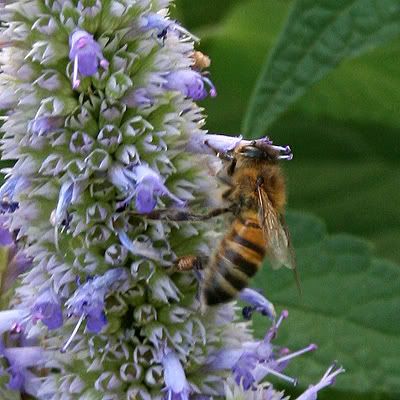
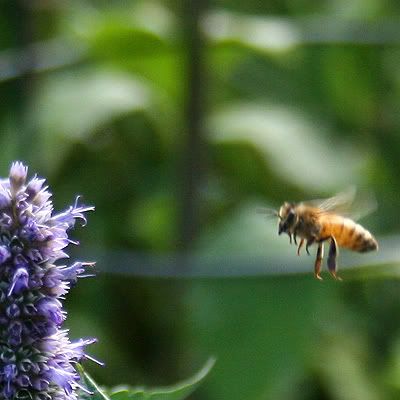
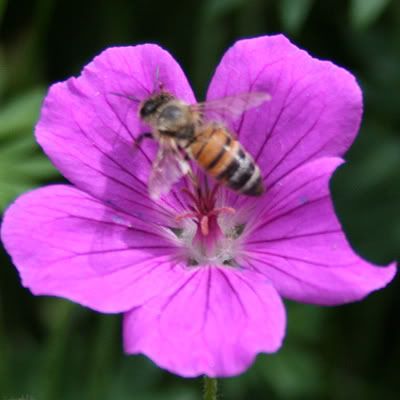
There also seems to be some very dark, or black honeybees visiting the flowers. Are these a different species of bee or just a color variation?
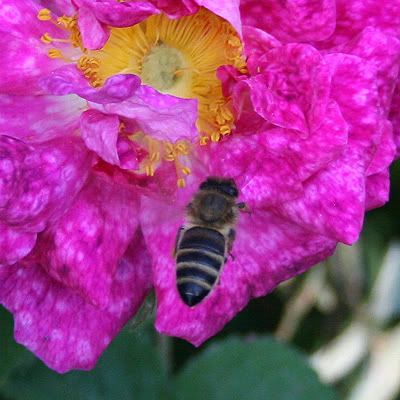

There are bees coming to the gardens into the late fall, drawn to the flowers of the sedums and the last hurrah of the repeat blooming hybrid teas and miniature roses.
All in all, there are a lot of bees in the gardens. Later, I'll post about the native bees and other pollinators in the gardens as there are a lot of them too.
Next spring there may be even more bees in the garden since some bee keeping friends are considering putting some hives out back near the fruit trees.





